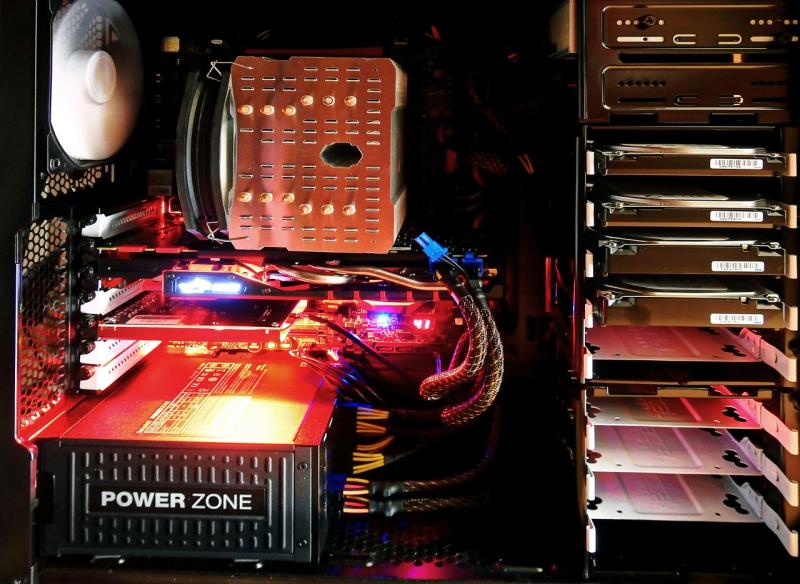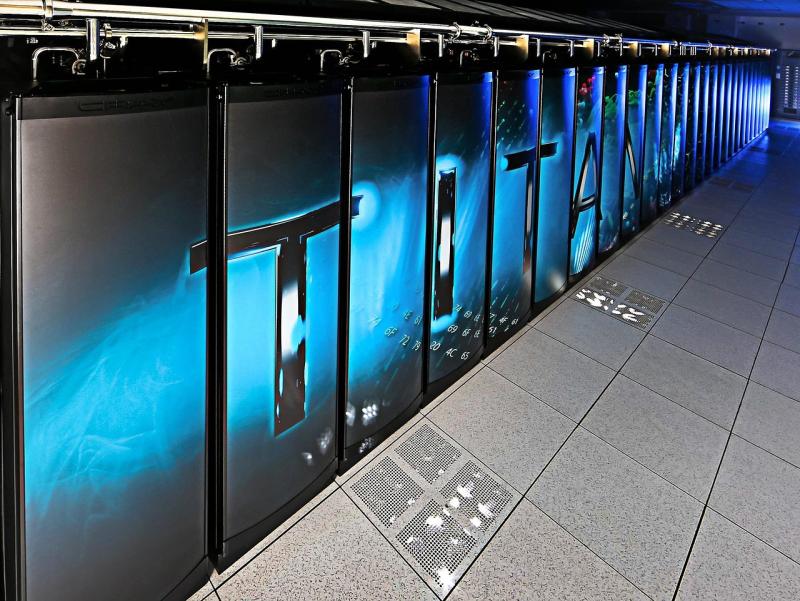Building Your Own Private Cloud
In today’s increasingly digital landscape, virtualization and cloud computing are key drivers behind innovation in IT and software development. For businesses, students, and tech enthusiasts alike, building a custom PC dedicated to virtualization isn’t just about creating more computing power—it’s about assembling a flexible, scalable, and reliable private cloud. This extended guide provides a deep dive into designing and assembling a workstation specifically tailored to run multiple virtual machines, test complex network infrastructures, and support containerized applications efficiently.
#### The Vision Behind Custom Virtualization PCs
Modern virtualization allows you to run several operating systems concurrently on a single hardware platform, creating isolated environments ideal for development, testing, and even production deployments of cloud applications. A dedicated virtualization PC can mimic enterprise-grade servers in a cost-effective setup, enabling users to experiment with technologies like Docker, Kubernetes, VMware, and Proxmox without needing a full data center infrastructure.
#### Processing Power: The Heart of Virtualization
When it comes to virtualization, CPU performance is paramount.
- **Multi-Core and Multi-Threading Capability:** Choose a processor with a high core count and robust hyper-threading features—such as Intel’s Core i9 or AMD’s Ryzen 9/Threadripper series. With 8, 12, or more cores, your system can efficiently manage multiple virtual machines (VMs) concurrently.
- **Hardware Virtualization Support:** Ensure that the CPU supports virtualization technologies like Intel VT-x or AMD-V. This hardware feature greatly improves the efficiency of running virtual environments by offloading specific processing tasks to dedicated hardware circuits.
- **Overclocking with Caution:** While mild overclocking can offer an extra performance boost, stability and thermal control are critical in a 24/7 operating environment like a virtualization lab. Prioritize reliability over marginal performance gains.
#### Memory: Fueling Multiple Virtual Machines
RAM is one of the most critical components in a virtualized environment.
- **High-Capacity Modules:** A robust custom virtualization PC should feature at least 64GB of RAM—though 128GB or more is recommended for heavy workloads. Multiple VMs, applications, and container instances demand ample memory to avoid swapping and ensure smooth operation.
- **Speed and Latency:** High-frequency, low-latency RAM assists in faster context switching between VMs. Consider DDR4 modules with tight timings, and plan for future upgrades by choosing a motherboard that supports additional DIMM slots.
#### Storage: Fast, Redundant, and Expandable
Given the size of VM images and the need for rapid data access, storage configuration takes on a mission-critical role.
- **Primary NVMe SSD:** Install an NVMe SSD as the primary drive to host the operating system, hypervisor software, and frequently accessed VM images. The ultra-fast read/write speeds reduce boot and loading times, ensuring a snappy user experience.
- **Hybrid Storage Approach:** Complement the NVMe SSD with high-capacity SATA SSDs or enterprise-grade HDDs configured in RAID. RAID 1 (mirroring) or RAID 5/6 configurations provide both redundancy and increased throughput, protecting your data from hardware failures and ensuring continuity.
- **Scalability and Hot-Swap Capabilities:** Look for a chassis or RAID enclosure that supports additional drive bays or hot-swap functionality. This modular approach ensures that as your storage needs grow, you can expand without reconfiguring the entire system.
#### Networking: Reliable and High-Speed Infrastructure
In virtualization, high-speed networking is crucial for:
- **Data Exchanges Between Virtual Machines:** Fast internal data channels reduce latency and boost performance in cluster environments and distributed computing tests.
- **External Connectivity:** Equip your system with a high-quality gigabit Ethernet adapter, or consider adding multiple network interface cards (NICs) to facilitate network bonding or link aggregation. This not only augments bandwidth but also provides more reliability for remote management and cloud integration.
- **Future-Proof Interfaces:** Support for Wi-Fi 6 or even Thunderbolt 3/4 can offer additional connectivity options and faster data transfer rates when integrating with external storage arrays or other networked devices.
#### Cooling and Reliability: Continuous 24/7 Operation
Virtualization PCs are designed to run continuously. Therefore, effective thermal management and stable power delivery are essential.
- **Advanced Cooling Solutions:** Invest in a high-quality air cooling system or a custom liquid cooling loop that minimizes noise while efficiently dispersing heat. A well-ventilated chassis with dust filters and smart fan controllers will extend component lifespans and maintain consistent performance under heavy loads.
- **Energy Efficiency and Stable Power:** Choose an 80 PLUS Gold or Platinum certified power supply with sufficient wattage overhead. A modular PSU not only ensures clean cable management but also helps provide stable voltage to every component, preventing unexpected shutdowns or system instability during prolonged high-usage periods.
- **Redundancy Considerations:** If budget allows, consider integrating an uninterruptible power supply (UPS) to guard against power interruptions, ensuring that your virtualized environment remains operational during outages.
#### Software and Virtualization Platforms
The software environment is as critical as hardware when building a custom virtualization PC.
- **Dedicated Hypervisors:** Depending on your use case, deploy popular hypervisors such as VMware ESXi, Microsoft Hyper-V, or open-source alternatives like Proxmox Virtual Environment. These platforms allow efficient resource management and support advanced networking and storage configurations.
- **Container Management:** Leverage containerization tools like Docker and orchestration platforms like Kubernetes to build scalable, lightweight virtual instances that can work in tandem with traditional VMs.
- **Optimization and Monitoring:** Use comprehensive monitoring tools (e.g., Grafana, Prometheus) to track resource utilization, temperature, and performance metrics. Regular system diagnostics and benchmarking help in identifying bottlenecks and ensure that updates and maintenance tasks are proactively addressed.
- **Virtualization-Friendly OS:** Choose a streamlined operating system—such as a Linux distribution optimized for server use—that requires minimal background processes and reduces overhead, freeing up more resources for virtualized workloads.
#### Future-Proofing and Scalability
A custom virtualization PC should be designed with future growth in mind.
- **Upgradeable Architecture:** Opt for a motherboard with ample PCIe lanes, additional DIMM slots, and plenty of storage interfaces. This modular approach lets you add more memory, network cards, or storage drives as your virtualization demands increase.
- **Cloud Integration:** Consider dual-boot configurations or virtualization setups that integrate with public cloud services. This hybrid approach allows workload migration between local VMs and cloud resources, ensuring that your infrastructure remains flexible and scalable as computing trends evolve.
- **Long-Term Maintenance:** Establish a routine for regular updates, driver installations, and hardware diagnostics. Keeping firmware and virtualization software up-to-date maximizes security and performance while extending the overall system longevity.
#### Conclusion: Unlocking the Power of Private Cloud Computing
Building a custom PC for virtualization and cloud computing is a strategic investment that transforms a single machine into a versatile, high-performance private cloud. By meticulously selecting cutting-edge components—from a powerful, multi-core CPU and abundant memory to ultra-fast storage and reliable networking—you create a robust, scalable platform that meets the demanding needs of software development, research, and enterprise testing environments. With efficient cooling, stable power delivery, and a future-proof design, your virtualization workstation is poised to accelerate innovation, streamline IT operations, and unlock the full potential of cloud computing—all from the comfort of your own lab or office.
---
### SEO Keywords:
custom PC for virtualization, virtualization workstation, private cloud PC, hypervisor workstation, multi-core virtual machine PC, high-capacity RAM virtualization, NVMe SSD virtualization, scalable virtualization build, enterprise virtualization PC, custom cloud computing PC, energy-efficient virtualization server, future-proof virtualization system
View our related products
See more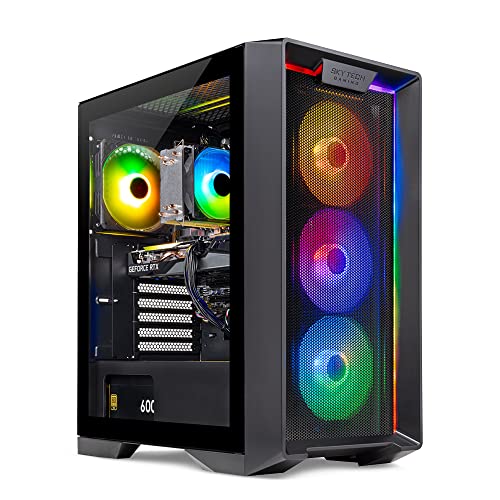
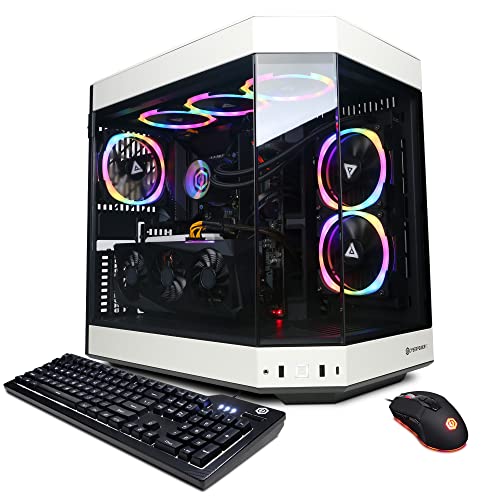
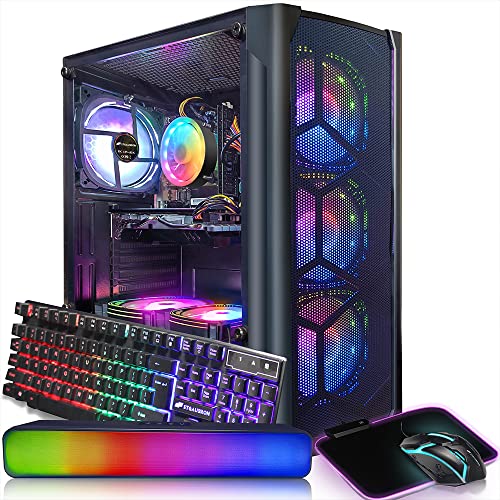
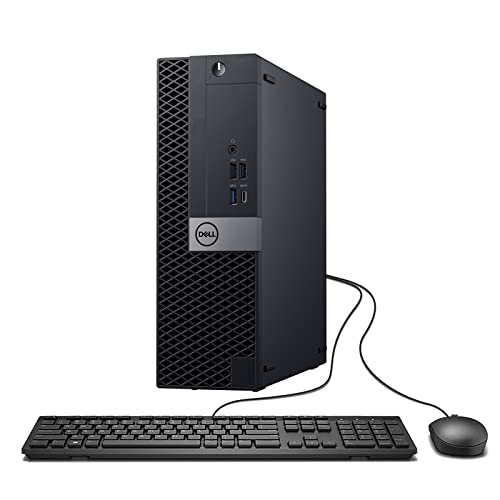
Custom PC for Virtualization and Cloud Computing
Related Articles
Essential High-Performance PC Components You Need Now
Upgrade your setup with the must-have parts for unbeatable gaming and productivity
Top Picks for Best High-Performance PCs
Find the perfect power machine for gaming, work, or creative projects
Your Guide to the Best High-Performance PCs
Find the Right PC for Your Gaming and Creative Needs
View our related products
See more



